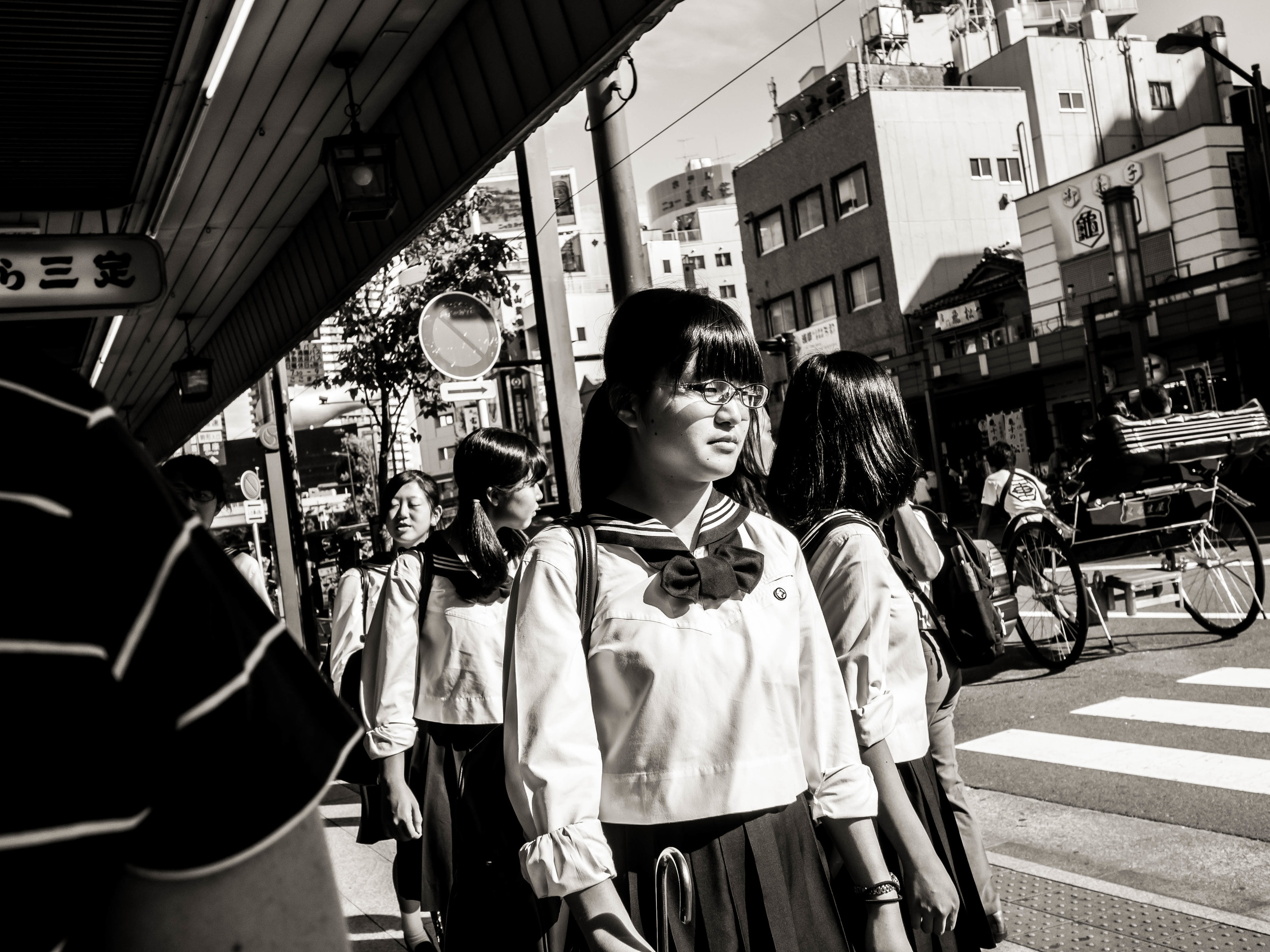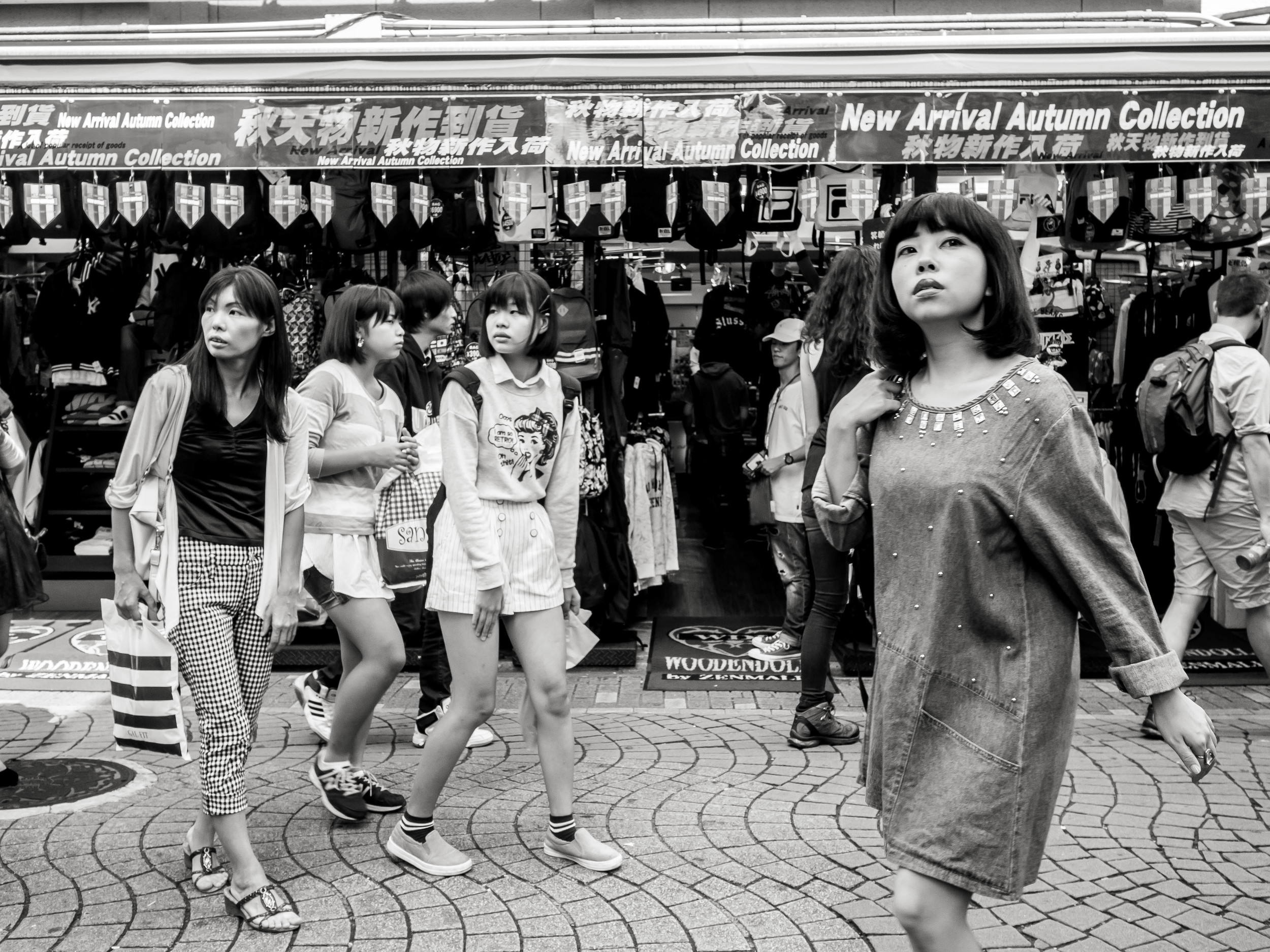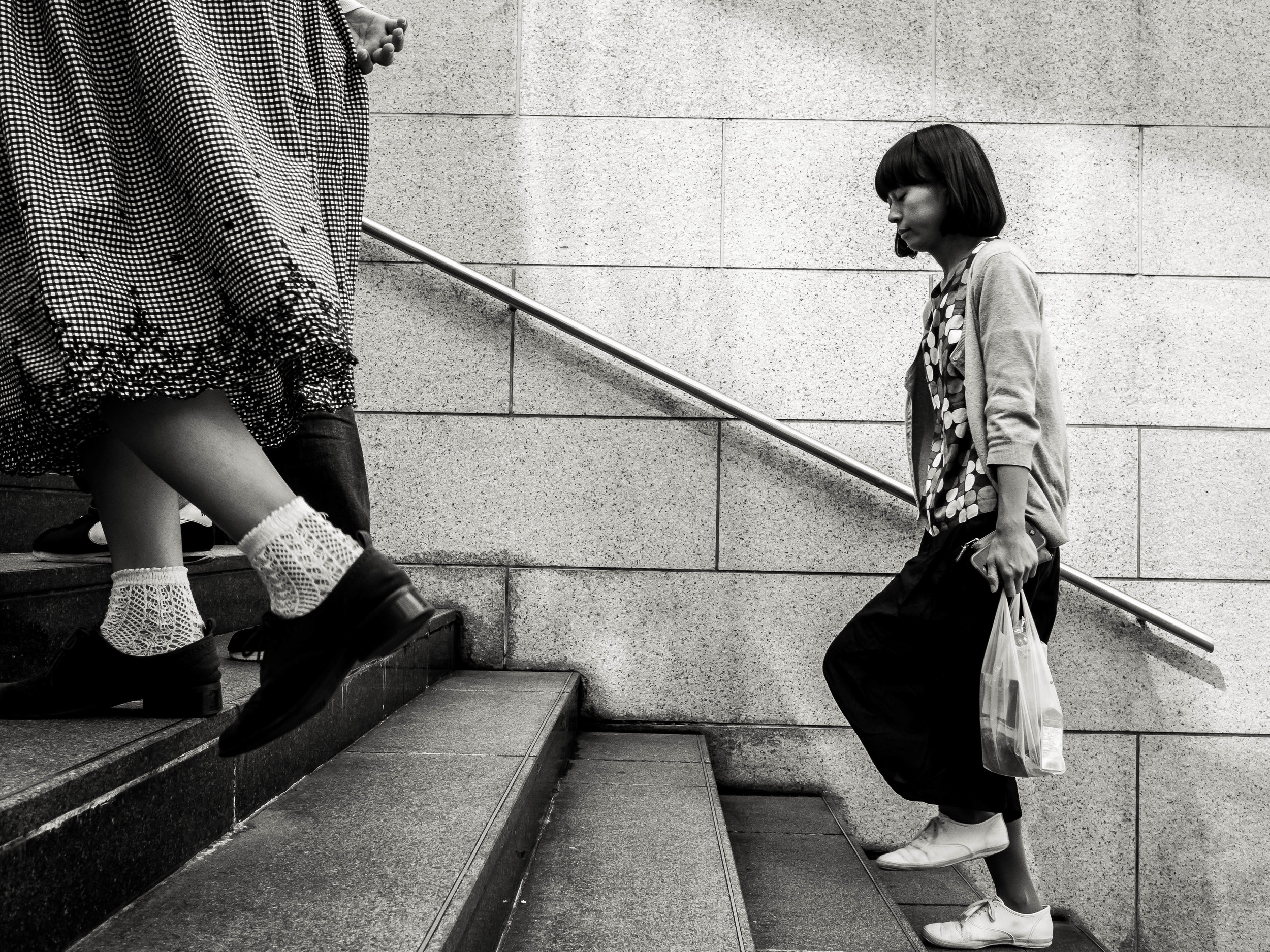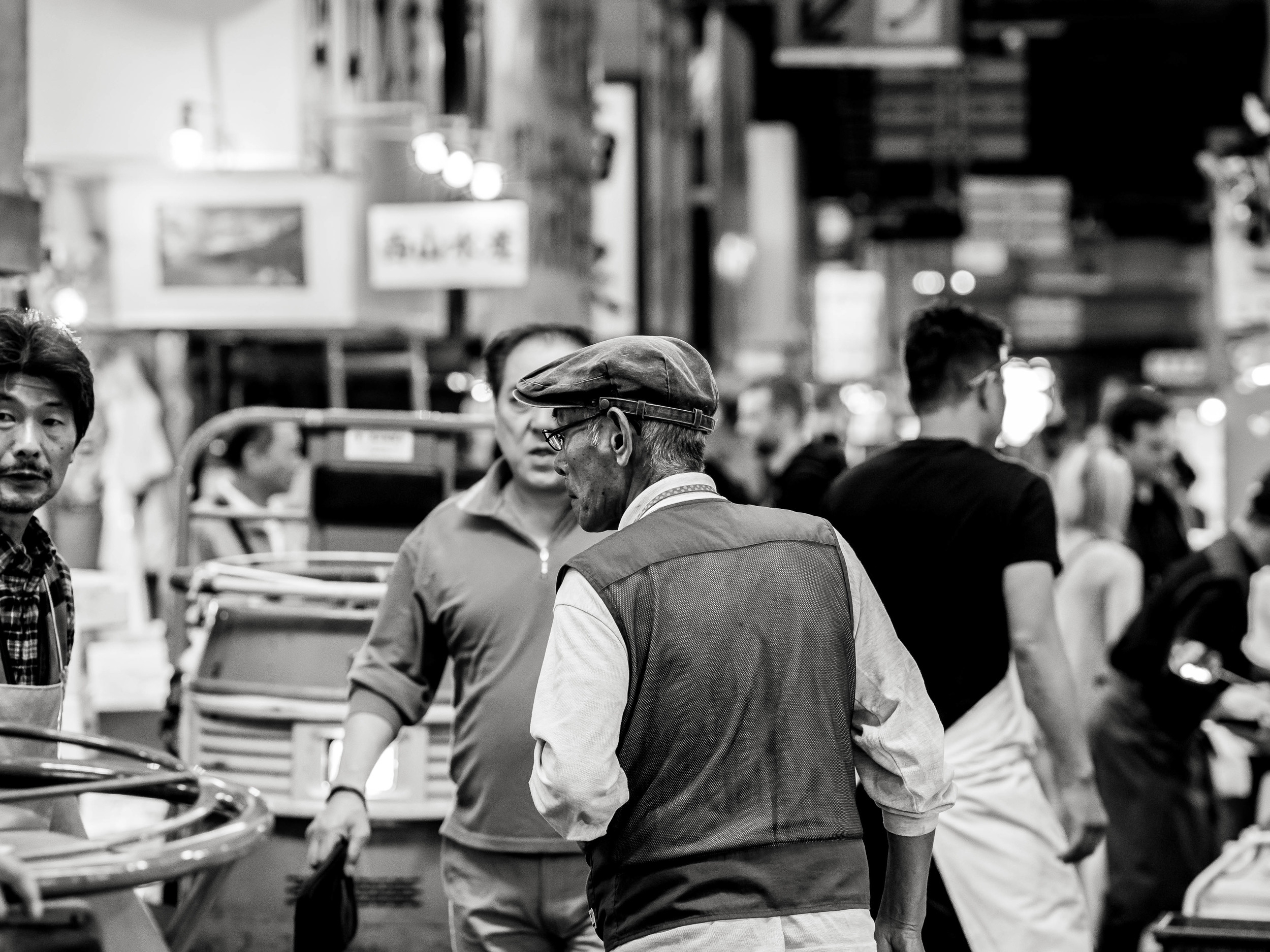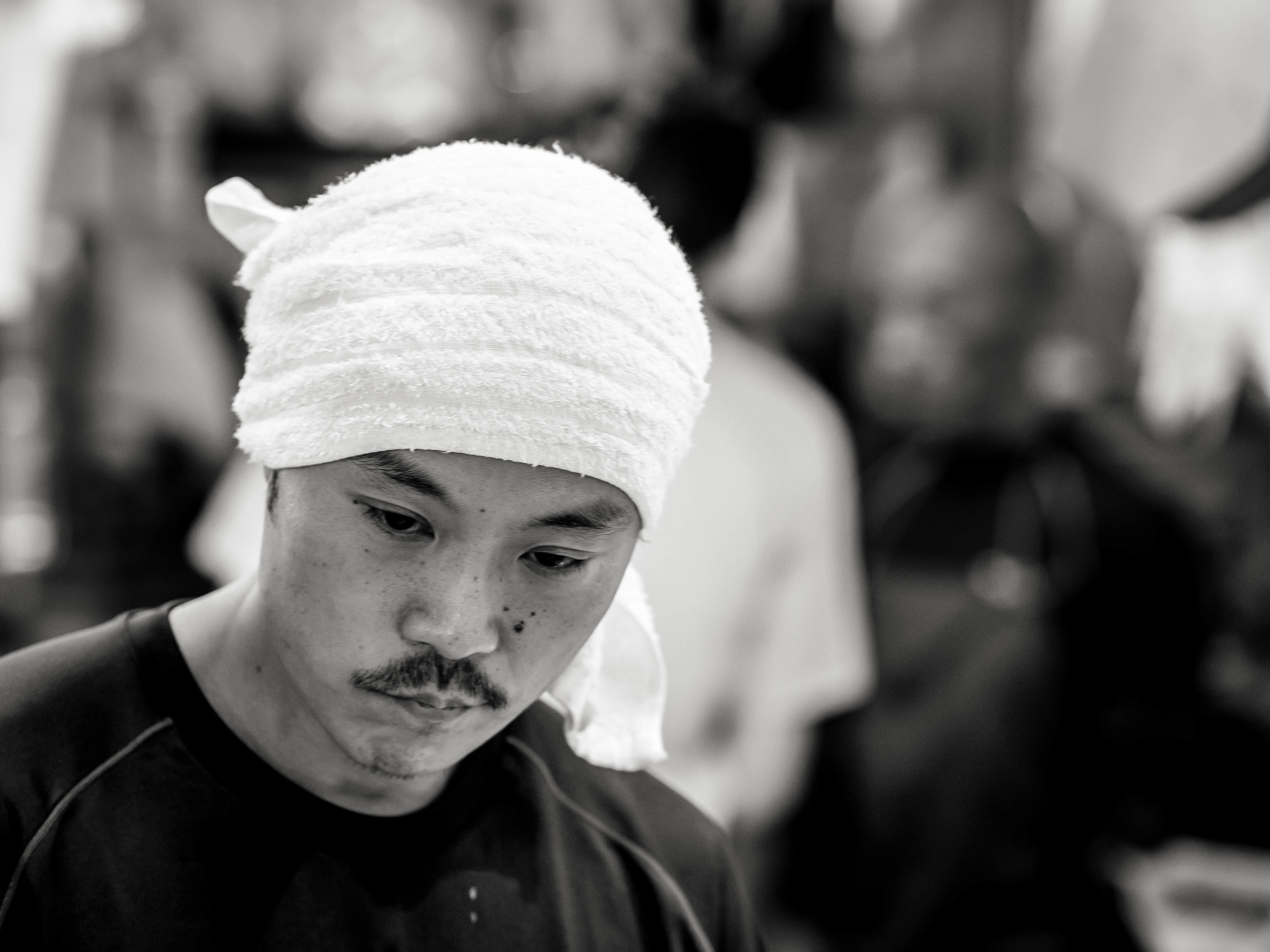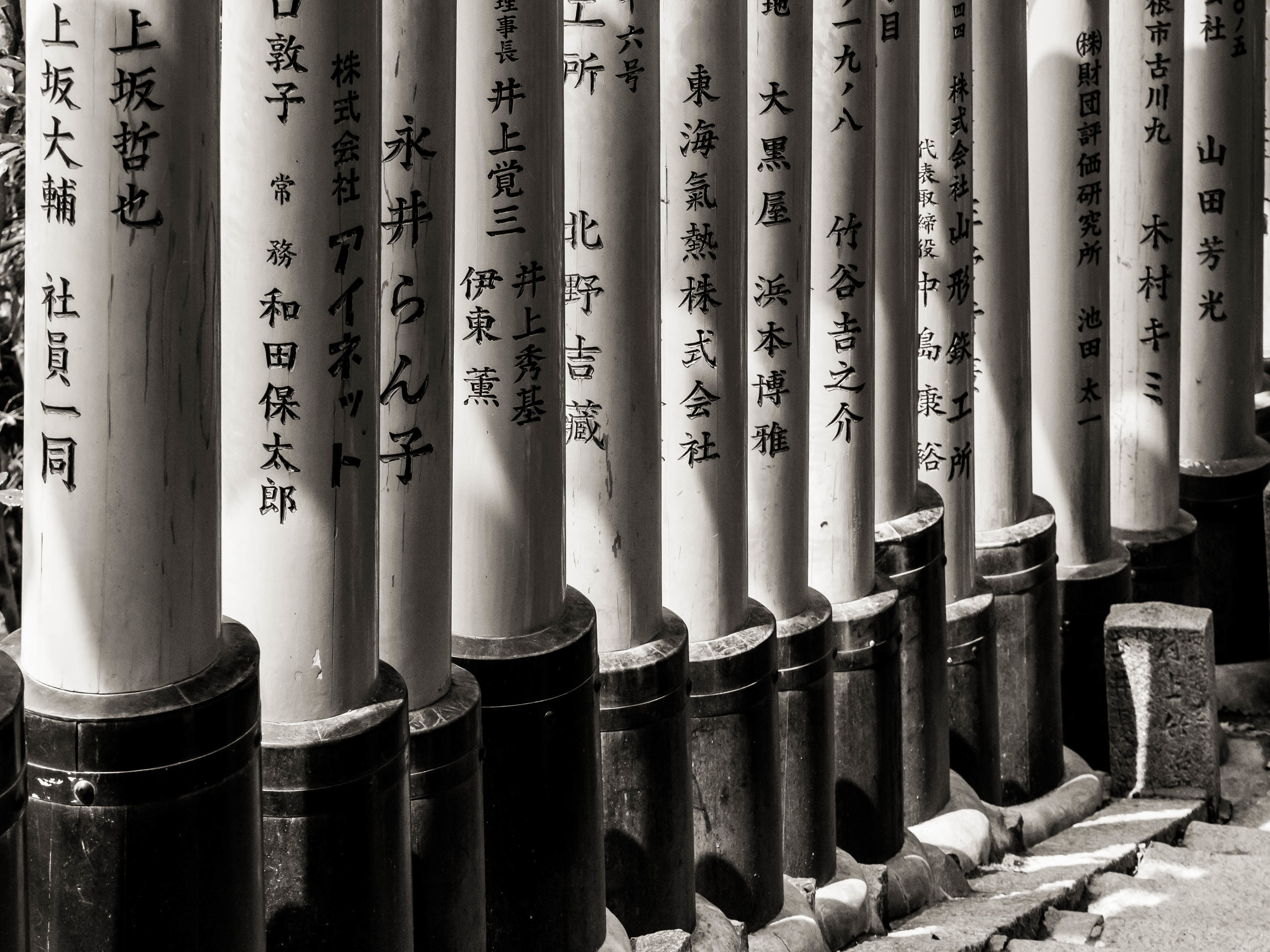Why do we still worship the memory of film and how good is our memory?
Film photographers are an old and declining breed, or a new and exciting breed, depending on how you look at it. True film shooters (they had no choice) chased the best technical and visual quality they could extract. They would leave no stone unturned to get their desire look, defined sharpness, contrast or the right grain look, but all were limited by films very nature. Film shooters were an accepting lot, all collecting from the same garden, but all trying to present a different arrangement.
The art community experimented with the "wet" process (limited as it was), creating looks like "cross processing", stretching the limits of chemistry any way they could or chasing workable flaws in an effort to stand out, but they were the few beating a different drum. Most of us just wanted as good as we could reasonably expect from our work flow.
Recently I was struck by a disturbing thought. The only time recently (digitally) I felt able to term any of my work as "film like", was when it looked overly grainy, poorly processed or badly taken. I was accepting things I did not like to fit in with the conventions of the digital world.
The modern acceptance of film falls into two camps;
In the red corner we have the true film users*, who can see and often need the difference, but have to explain their choice of medium or just don't bother and let it go unnoticed. Chris Gambat of the Phoblographer recently stated he cannot get the dynamic range or look of medium format film out of digital and Eric Kim in his new ebook on Proof Sheets stated that the red/yellow/orange of Portra film eludes him in digital. Personally I have never felt that digital black and white has the depth or richness of film, putting me off using it on the whole.
In the blue corner we have the "App" film shooters. They may or may not actually use film, but either way, they are going to make sure you are aware of their intent with signature signs such as too much grain, poor focus, passed off as "artistic selection" and introduced, artificial, film flaws such as scratches, fading and bad processing (every thing true film users try to avoid).
The above image is digital. It is processed to look like I liked my black and white images to look when produced in my own darkroom. My preferred look was clean, rich and brilliant, without any soft or mushy grey tones, with tight and sharp grain (and no more than needed) and a slight warm tone (sepia/selenium), usually applied to the paper on printing. The hairs on my arms stood up when I re discovered** the look and the new process to get it.
Part of the secret is the highlight control of the OMD/Sony sensor. The recovery of detail in highlight tones takes on a film like look and the more sparkly highlights are beautiful (look at the umbrella handle above). My attempts at the same look with Canon tended to be brilliant, but thin, loosing detail for more sparkle.
I am home again.
So, sorry there wont be any fashionably "fake" film images on my gallery any more, but the reality is, I never liked that type of look in the first place.
* often with an unbroken trail of film use from their first camera to now.
**by accident I hit grey scale conversion in the middle of processing a contrasty and vibrant colour image. The unfinished colour image lead to the finished mono one.
